Arbutin, as a cosmetic whitening and anti-freckle ingredient, is increasingly applied in arbutin cream, arbutin serum, arbutin gel, and so on. In order to better use arbutin in cosmetics, we collect some authoritative data on arbutin stability in pH, heat and cosmetic formulation, which can provide you some valuable information.
1. Beta-Arbutin Stability
1.1 Beta-Arbutin pH Stability
The study analyzed beta-arbutin’s stability by whether hydroquinone is produced in the samples.
The result showed that the aqueous solution of β-arbutin is relatively stable at pH=5 and the temperature is 40℃; while it is relatively unstable at pH=3, With the prolonged storage time, the more hydroquinone produced by the decomposition of β-arbutin (Seen in table 1).

Table 1. Effect of temperature, content and pH on the stability of Beta-arbutin
Staphylococcus epidermidis does not cause the decomposition of β-arbutin to produce hydroquinone. Epidermal cell promotes the decomposition of β-arbutin (Seen in table 2). As β-arbutin content increases, the more hydroquinone is produced by the decomposition (Seen in table 3).

Table 2. Effect of Staphylococcus epidermidis on the stability of β-arbutin aqueous solutions

Table 3. Effect of epidermal cell on the stability of β-arbutin aqueous solutions
1.2 Beta-Arbutin Heat Stability
β-arbutin is very stable under different temperature and humidity (Seen in table 4).
 Table 4. Effect of temperature and humidity on the stability of β-arbutin
Table 4. Effect of temperature and humidity on the stability of β-arbutin
1.3 Beta-Arbutin Stability in Cosmetic Formulation
When β-arbutin is combined with vitamin C and pearl powder in cosmetic formulation, its stability will reduce (Seen in table 5, 6).
 Table 5. Effect of vitamin C on the stability of β-arbutin
Table 5. Effect of vitamin C on the stability of β-arbutin
 Table 6. Effect of vitamin C and pearl powder on the stability of β-arbutin
Table 6. Effect of vitamin C and pearl powder on the stability of β-arbutin
1.4 Beta-Arbutin pH and Temperature Stability
Another study tested the stability of beta-arbutin from its pH and temperature. The result revealed that β-Arbutin has poor stability under acidic or alkaline conditions; and it almost does not decompose when the pH is about 6~7. With the increase of acidity and alkalinity, the decomposition rate of β-arbutin gradually accelerates. When pH<4 or pH>9, the decomposition rate of β-arbutin significantly accelerates(Seen in table 7, 8).
 Table 7. Concentrations of Hydroquinone from 3.0% β-arbutin decomposition depends on pH and water bath times
Table 7. Concentrations of Hydroquinone from 3.0% β-arbutin decomposition depends on pH and water bath times
 Table 8. Trends of Hydroquinone from β-arbutin decomposition depends on pH
Table 8. Trends of Hydroquinone from β-arbutin decomposition depends on pH
2. Alpha-Arbutin Stability
2.1 Alpha-Arbutin Stability in pH and Heat
The study on alpha-arbutin’s stability shows that below 100°C, α-arbutin exhibits thermal stability (Seen in table 9). Under strong acid and alkali conditions, its stability is very poor (Seen in table 10). But in a neutral environment, α-arbutin has better stability. Under the conditions of light and ultraviolet light, α-arbutin is unstable (Seen in table 11).
 Table 9. Hydroquinone content in α-arbutin solutions under different temperature
Table 9. Hydroquinone content in α-arbutin solutions under different temperature
Table 10. Hydroquinone content in α-arbutin solutions under different pH
Table 11. Hydroquinone content in α-arbutin solutions under different UV irradiation time
2.2 Alpha-Arbutin Stability in Cosmetic Formulation
Add 10 mg of α-arbutin to the prepared cosmetic base material solution, mix well, and then let it stand for 72 hours for testing.
Conclusion: Hydroquinone is not detected in AES and AEO-9 solutions, but hydroquinone is detected in methyl 4-hydroxybenzoate solution(Seen in table 12, 13, 14). Thus alpha-arbutin can’t be combined with methyl 4-hydroxybenzoate in cosmetic formulation.
 Table 12. The chromatogram of the stability of α-arbutin in the AES solution
Table 12. The chromatogram of the stability of α-arbutin in the AES solution

Table 13. The chromatogram of the stability of alpha-arbutin stored under the AEO-9 solution 
Table 14. The chromatogram of the stability of α-arbutin in the methyl 4-hydroxybenzoate solution
2.3 Alpha-Arbutin Stability in Light
From the above table 15, 16, 17, we can see that α-arbutin solution is not very stable. Long-term storage in a dark box and light will decompose α-arbutin into hydroquinone, while α-arbutin cream is relatively stable and no hydroquinone is detected after light. It is safer to add α-arbutin as a whitening agent to arbutin creams.
 Table 15. Determination of α-arbutin solution in different daylight time
Table 15. Determination of α-arbutin solution in different daylight time

Table 16. Determination of α-arbutin solution in different UV light time

Table 17. Determination of α-arbutin cream under different light time
2.4 Stability and Permeability of Alpha-Arbutin
The study has found that the more the amount of glycerin is, the higher penetration rate of arbutin is. Glycerin and azone can significantly promote the penetration of arbutin through skin. It indicates that dual penetration enhancer has synergistic promotion for arbutin’s transdermal penetration.
 Table 18. Transdermal permeability of arbutin by azone and glycerin
Table 18. Transdermal permeability of arbutin by azone and glycerin
Glycerin, polyvinyl alcohol and water-soluble azone have little effect on the inhibitory of tyrosinase by α-arbutin, while nicotinamide and potassium sorbate promote the inhibitory efficiency of arbutin on tyrosinase.
 Table 19. Effect of matrix materials on inhibition of tyrosinase by α-arbutin
Table 19. Effect of matrix materials on inhibition of tyrosinase by α-arbutin
2.5 The Sensitization Test of α-Arbutin to Guinea Pigs’ Skin
The guinea pigs in the 0.2% hydroquinone group has allergic reactions, and the 2.0% α-arbutin group has no allergic reactions.
This shows that hydroquinone produced by hydrolysis of 2.0% α-arbutin is less than 0.2%, under the action of guinea pig skin microorganisms or skin glucosidase.
 Table 20. Skin-reactions in the animal sensitized with 0.1% p-phenylenediamine (PPD) by i.d injection and 1.0% PPD by topical application. (a) Before and (b) 24h after challenge of 2.0% α-arbutin, (c) before and (d) 24h after challenge of hydroquinone, (e) before and (f) 24h after challenge of PPD.
Table 20. Skin-reactions in the animal sensitized with 0.1% p-phenylenediamine (PPD) by i.d injection and 1.0% PPD by topical application. (a) Before and (b) 24h after challenge of 2.0% α-arbutin, (c) before and (d) 24h after challenge of hydroquinone, (e) before and (f) 24h after challenge of PPD.
 Table 21. Skin-reactions in the animal sensitized with 2.0% hydroquinone by i.d injection and 1.0% hydroquinone by topical application. (a) Before and (b) 24h after challenge of α-arbutin, (c) before and (d) 24h after challenge of hydroquinone.
Table 21. Skin-reactions in the animal sensitized with 2.0% hydroquinone by i.d injection and 1.0% hydroquinone by topical application. (a) Before and (b) 24h after challenge of α-arbutin, (c) before and (d) 24h after challenge of hydroquinone.
3. Conclusion
Studying arbutin stability in pH, heat and cosmetic formulation can provide customers valuable information to apply alpha-arbutin and beta-arbutin in skincare products. There are other articles that show you more details about arbutin for skin.
1. Test Data of Arbutin for Skin Whitening
2. Arbutin Introduction for Skin
3. Arbutin:A Whitening and Anti-Freckle Ingredient
4. Overview of Arbutin Product
Plamed aims to develop natural cosmetics raw materials. Plamed whitening ingredients are high content and low cost.
If you want to buy arbutin for skin whitening, please contact us in following way.

Rae Wong
Mobile: +86 180 6683 3765
Email: sale@plamed.cn
Whatsapp: +86 180 6683 3765
Skype: plamed06
Wechat: 18066833765

Other Skin-whitening Product List
| NO. | Product Name | Product ID | Specification | Product Image |
|---|---|---|---|---|
| 01 | Arbutin | PMB0101 PMB0102 | Alpha 99.5% Beta 99.0% | 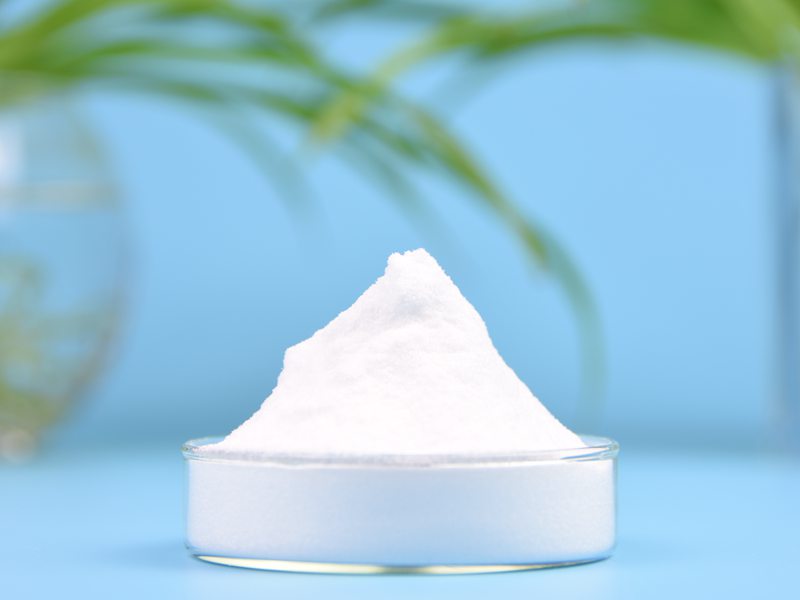 |
| 02 | PCR Glabridin | PMB0705PCR | 10% | 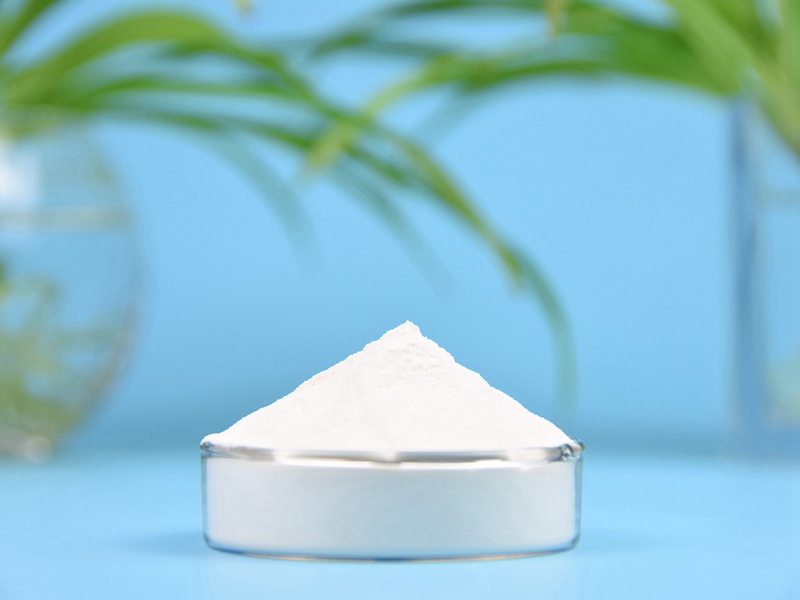 |
| 03 | Kojic Acid Dipalmitate | PMB0801 | 99% | 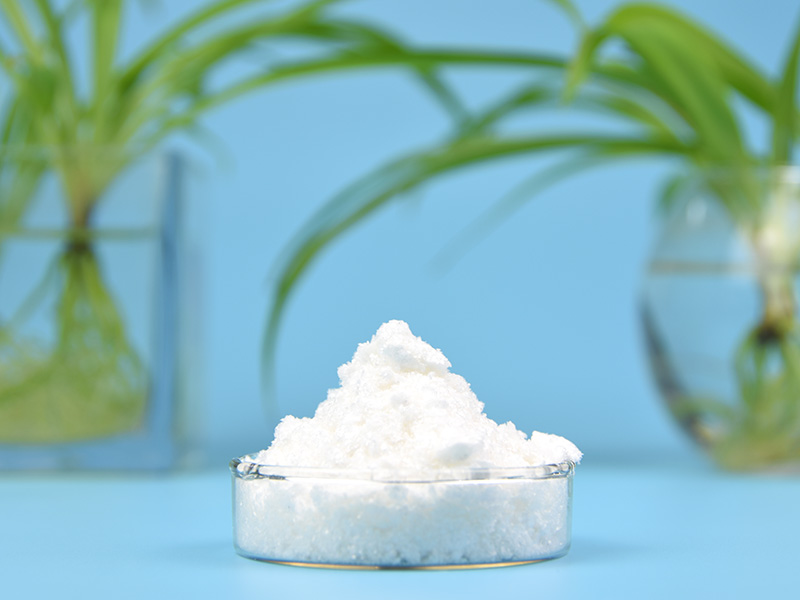 |
| 04 | D-alpha Tocopherol Acetate | PMB0901 PMB0902 | 700IU 1300IU | 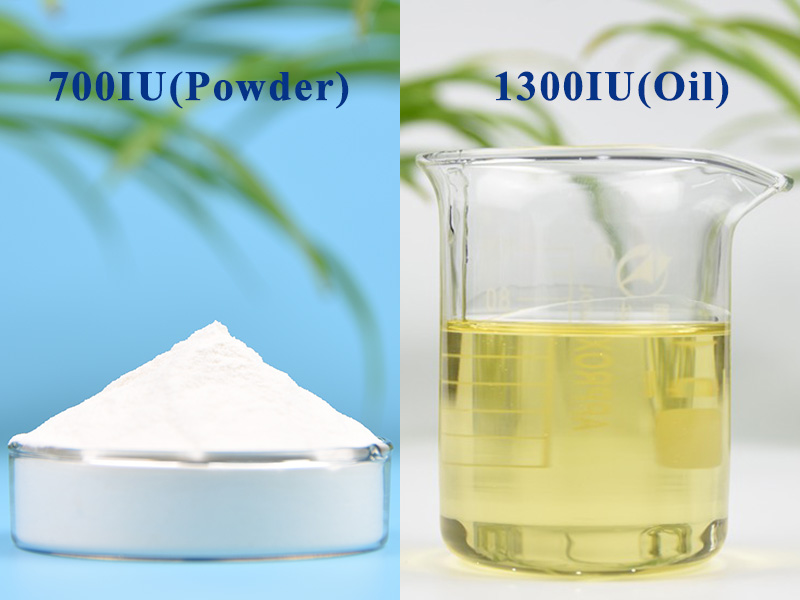 |
| 05 | Bakuchiol | PMKZ1501 | 98% | 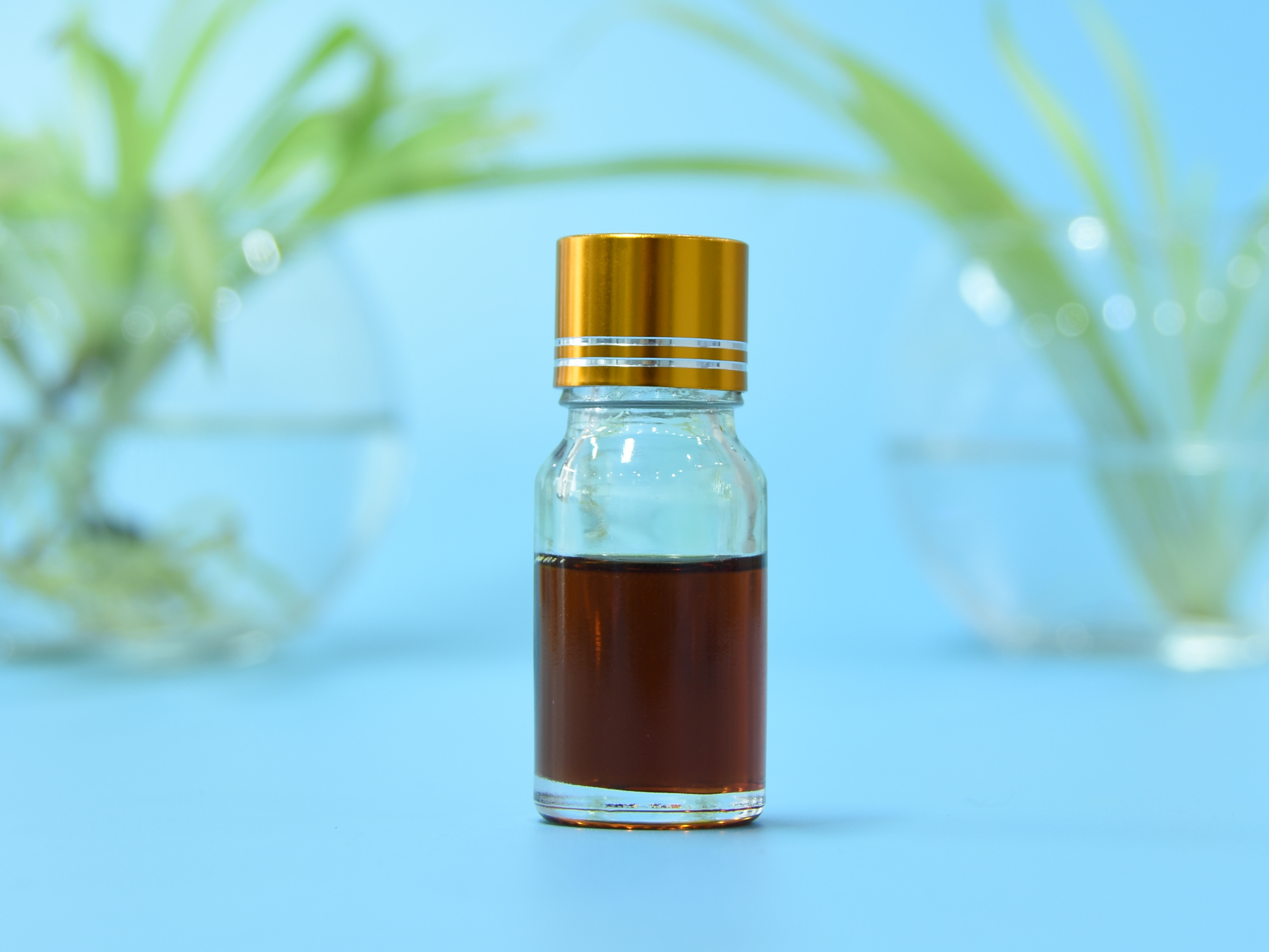 |
| 06 | Grape seed extract | PMB1401 | 95%OPC | 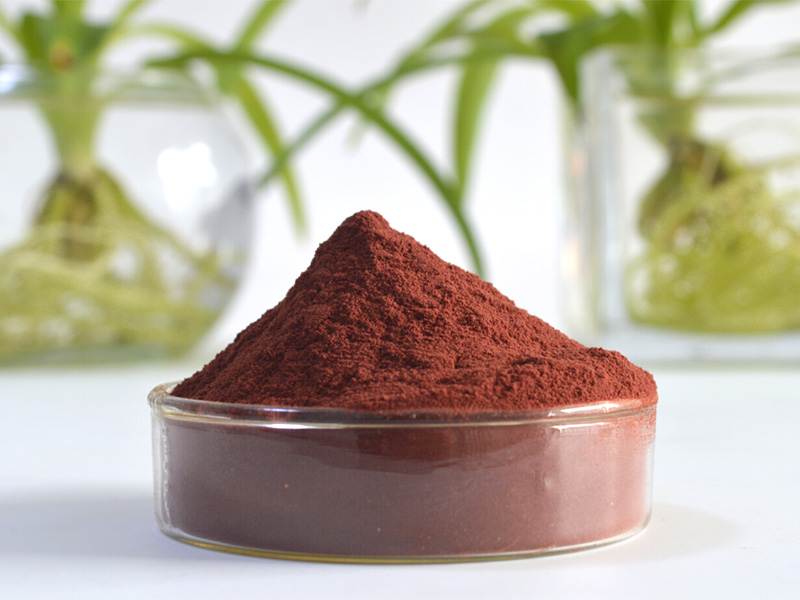 |
| 07 | Ellagic Acid | PMB0401 | 98% |  |
| 08 | Glabridin | PMB0705,PMB0702 PMB0703,PMB0704 | 10%,40% 90%,98% | 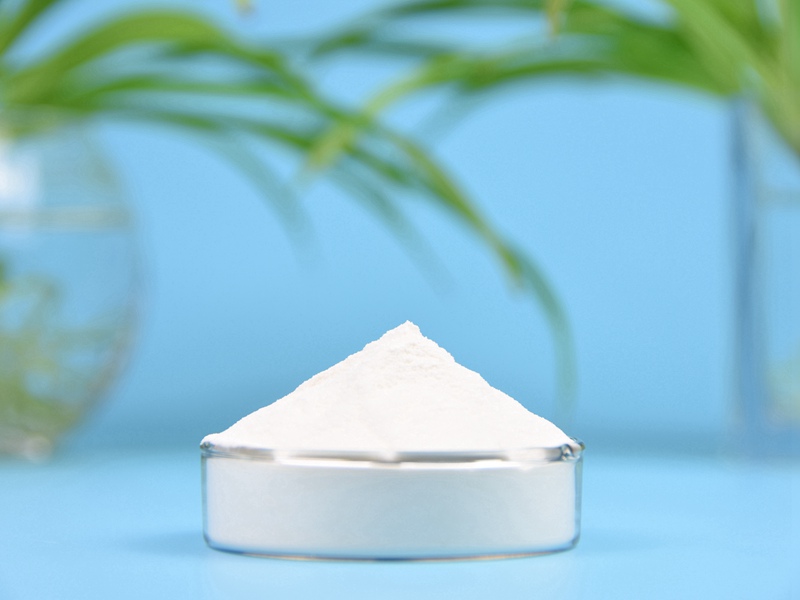 |
| 09 | Glutathione | PMB1601 | 98% |  |
| 10 | Ascorbic Acid 2-Glucoside | PMB1801 | 98% | 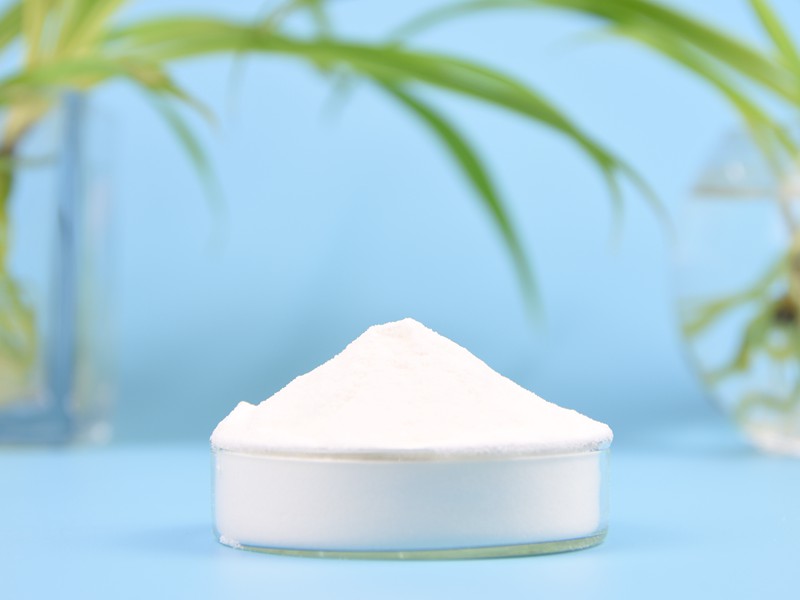 |
| 11 | Phloretin | PMB0301 | 98% | 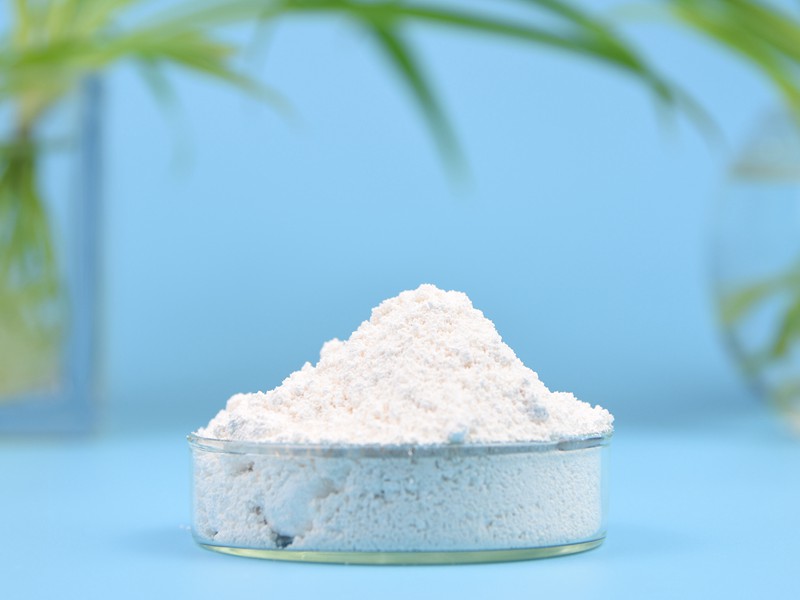 |
| 12 | Lycopene | PMB1101 | 80% | 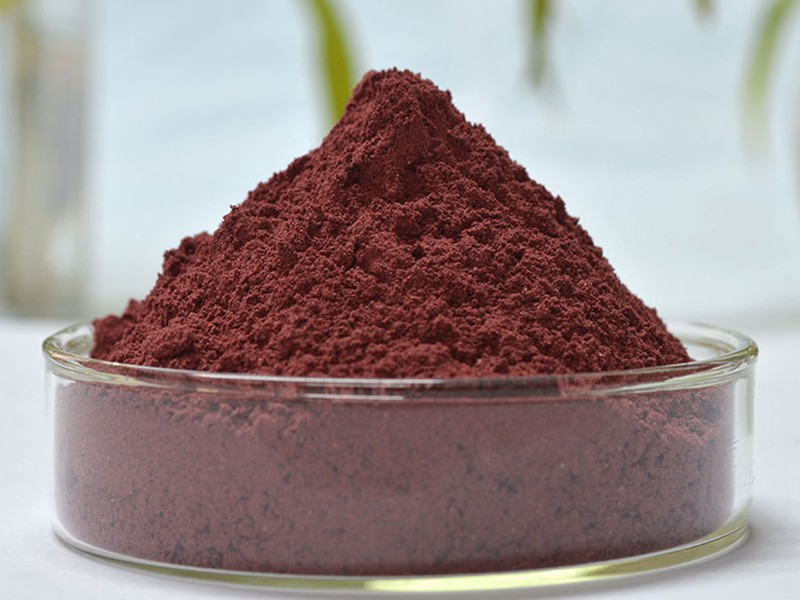 |
| 13 | Resveratrol | PMB0501 | 98% |  |
| 14 | Green Tea Extract | PMB1501, PMB1502, PMB1503 | 95% EGCG, 70% oil-soluble polyphenols, 98% water-soluble polyphenols | 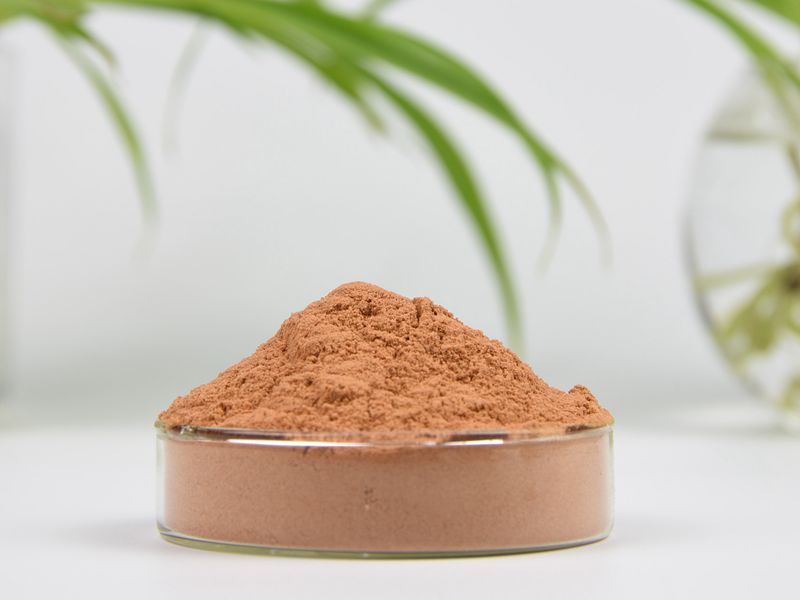 |
| 15 | Luteolin | PMB1301 | 98% | 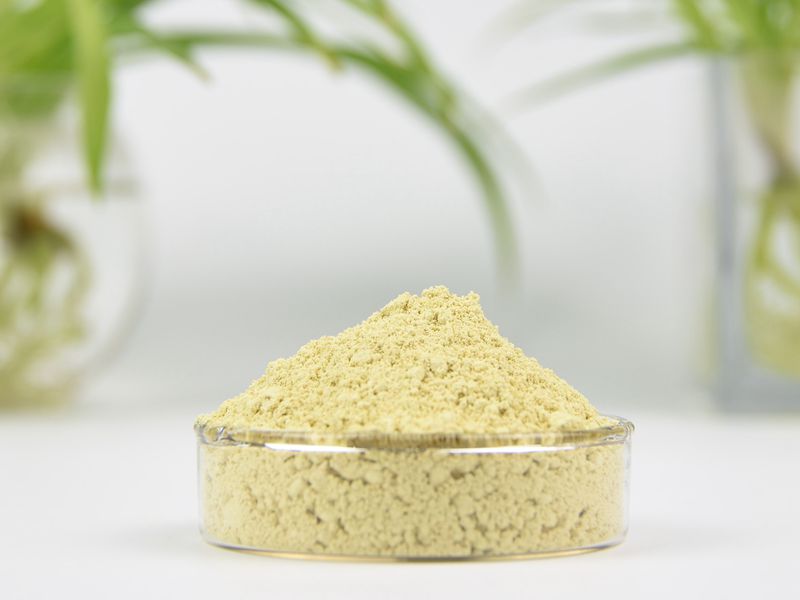 |
| 16 | Chrysin | PMB1001 | 99% | 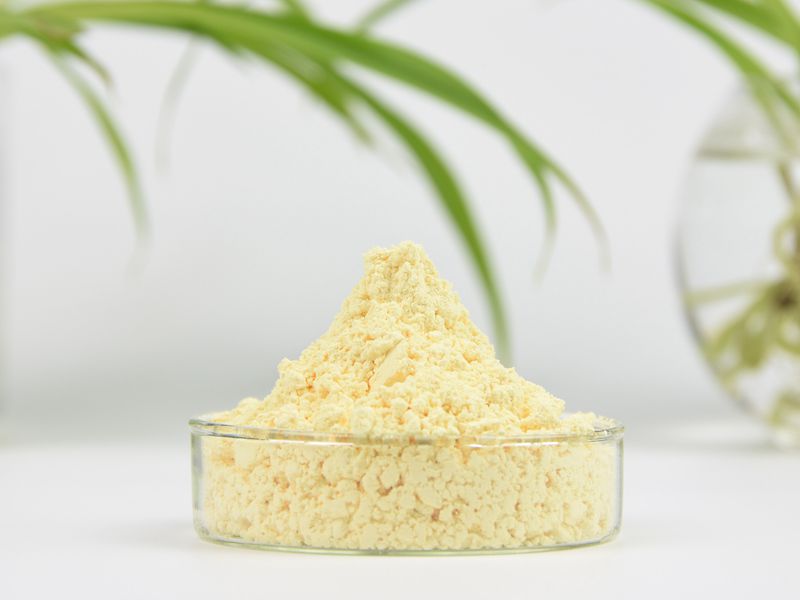 |
| 17 | Puerarin | PMB1201 | 98% | 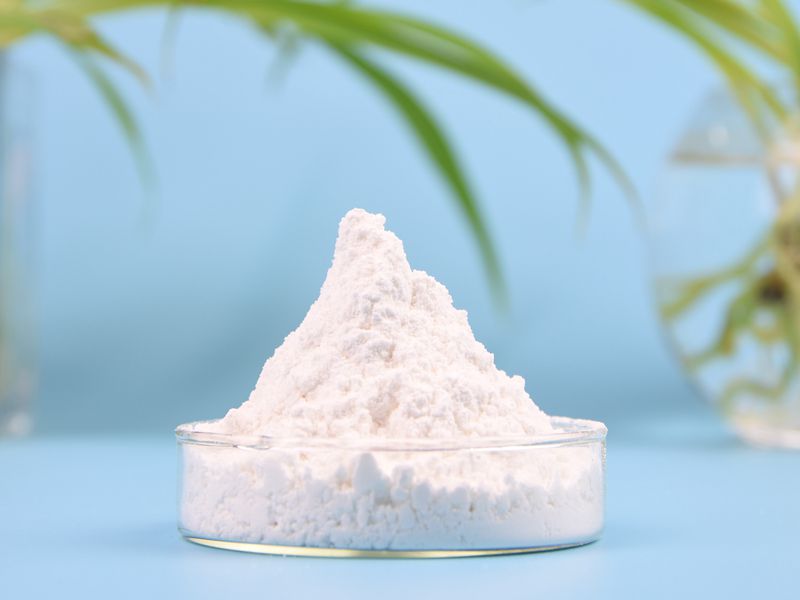 |
| 18 | Escin | PMM0301 | 20%, 98% | 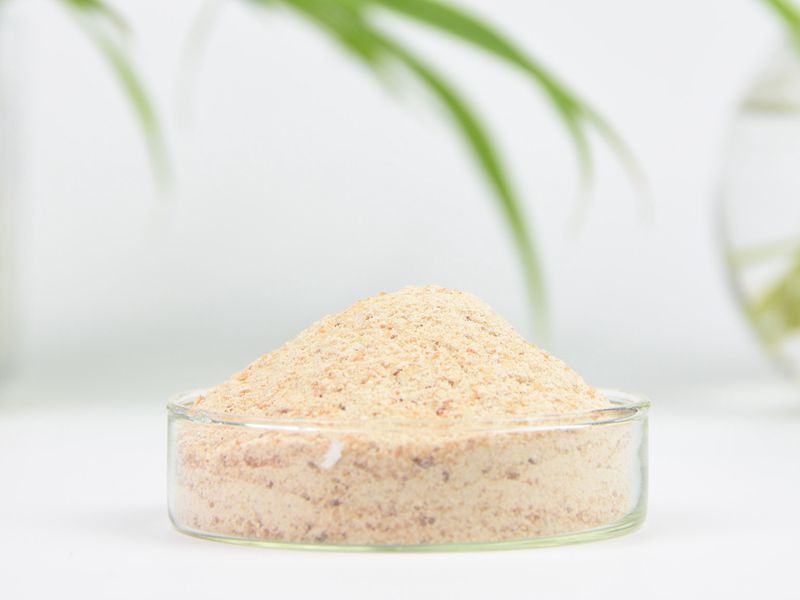 |
| 19 | Tetrahydrocurcumin | PMB0201 | 98% | 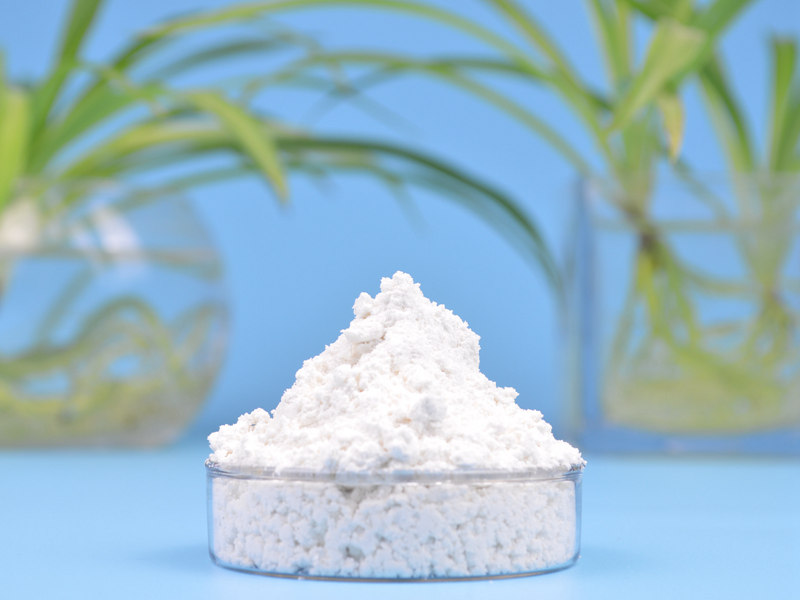 |
| 20 | Nicotinamide | PMB1501 | 99% | 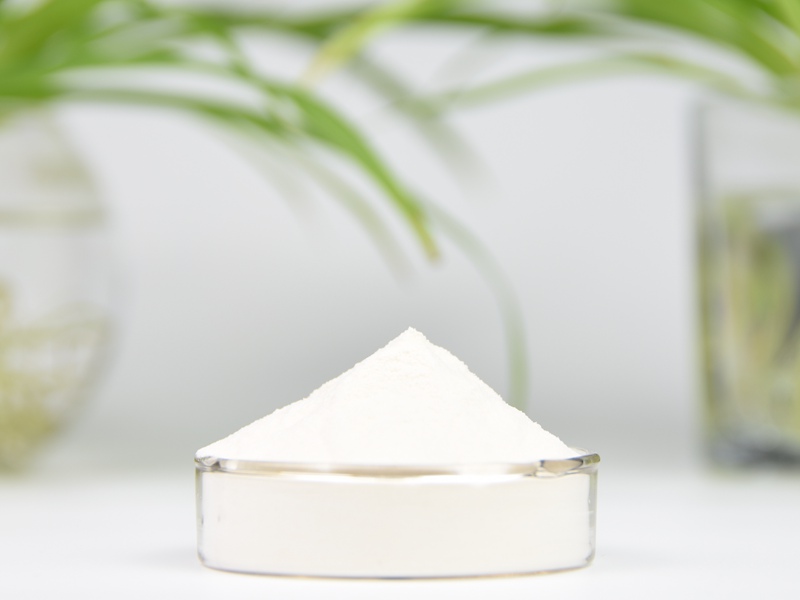 |
| 21 | Curcumin | PMB2501 | 10% | 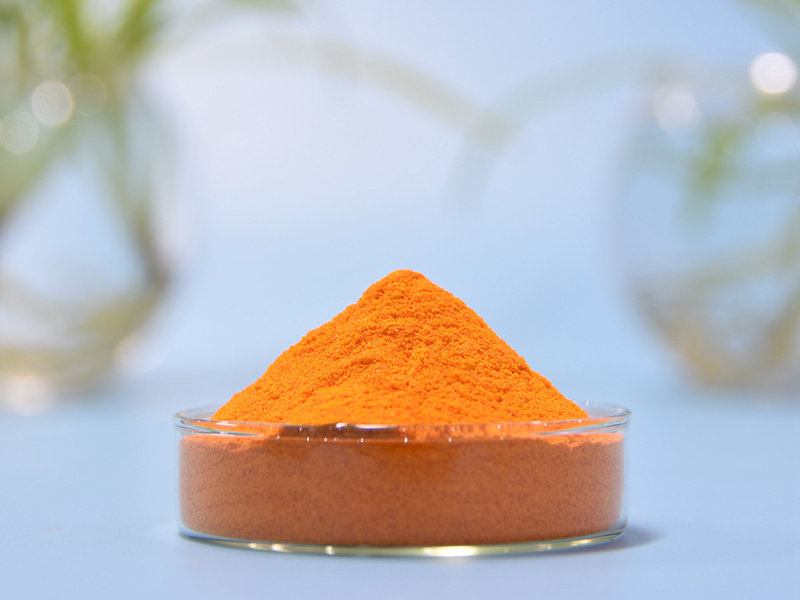 |
| 22 | Rhodiola-crenulata-extract | PMB2401 | 2% Salidroside | 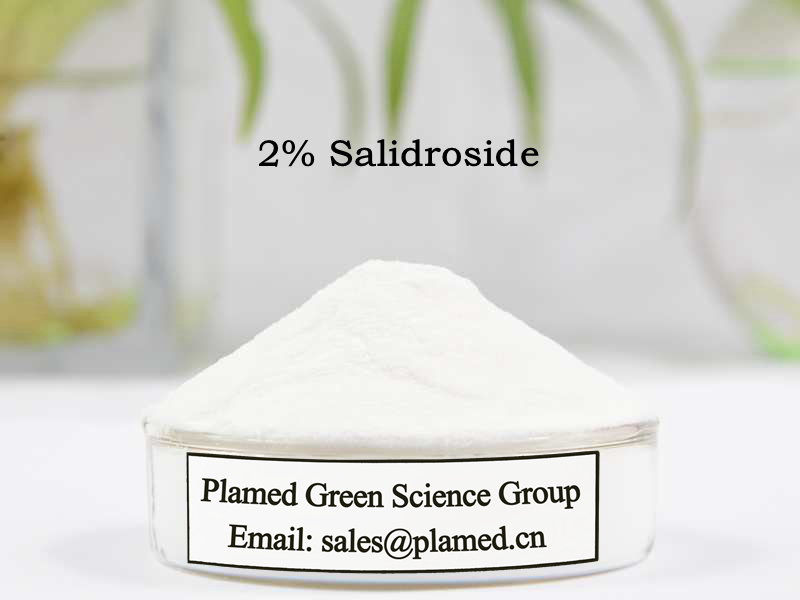 |







